-
 bitcoin
bitcoin $109523.663807 USD
-0.13% -
 ethereum
ethereum $4019.526508 USD
2.06% -
 tether
tether $1.000482 USD
0.00% -
 xrp
xrp $2.776815 USD
0.18% -
 bnb
bnb $958.942396 USD
0.12% -
 solana
solana $204.294698 USD
3.84% -
 usd-coin
usd-coin $0.999693 USD
0.00% -
 dogecoin
dogecoin $0.232115 USD
2.09% -
 tron
tron $0.338028 USD
0.84% -
 cardano
cardano $0.790920 USD
1.50% -
 hyperliquid
hyperliquid $44.871443 USD
5.60% -
 ethena-usde
ethena-usde $1.000322 USD
0.04% -
 chainlink
chainlink $21.034165 USD
2.60% -
 avalanche
avalanche $28.794831 USD
-0.54% -
 stellar
stellar $0.360466 USD
1.24%
What does it mean when the J value in the KDJ indicator falls below the zero axis? Do I need to set a stop-loss?
A J value below zero in the KDJ indicator signals extreme oversold conditions, often preceding reversals in crypto markets, but should be confirmed with volume, support levels, and broader market context to avoid false signals.
Sep 18, 2025 at 02:36 pm
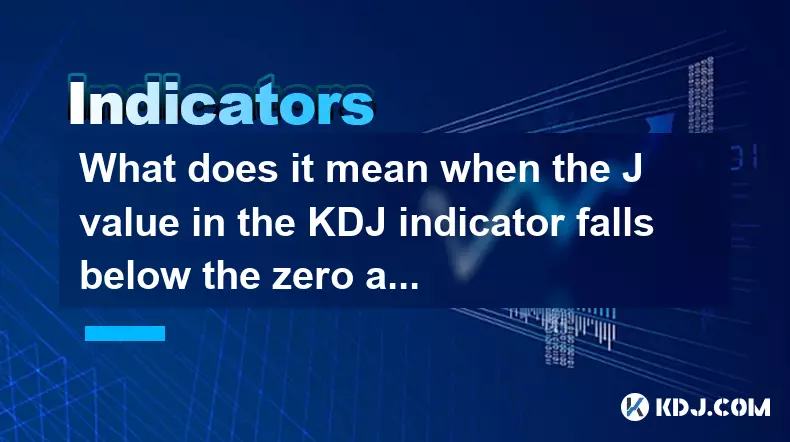
Understanding the KDJ Indicator and Its J Value
1. The KDJ indicator is a momentum oscillator widely used in technical analysis within the cryptocurrency market. It consists of three lines: K, D, and J. These lines are derived from price data over a specific period, typically 9 or 14 candles. The J line represents the divergence between the K and D lines and often acts as a leading signal for potential trend reversals.
2. When the J value drops below the zero axis, it indicates extreme oversold conditions. This scenario suggests that selling pressure has pushed the asset’s price to a level where a rebound may be imminent. In the volatile nature of the crypto market, such signals can appear frequently during sharp corrections.
3. A J value beneath zero does not automatically confirm a bottom but highlights that momentum has reached a critically low point. Traders should not rely solely on this reading without considering volume, broader market sentiment, and alignment with support levels on the price chart.
4. In fast-moving digital asset markets, the J line can remain below zero for extended periods during strong downtrends. Therefore, interpreting this signal requires context. For instance, if Bitcoin is experiencing macroeconomic-driven selloffs, a sub-zero J line might persist even as prices continue to decline.
5. Some algorithmic trading bots are programmed to react to KDJ extremes. A J value under zero may trigger automated buy entries in certain strategies, increasing short-term volatility. Awareness of such system behaviors helps traders anticipate possible price spikes following prolonged oversold readings.
Implications of Sub-Zero J Line in Crypto Trading
1. A J value falling below zero often coincides with panic selling, especially during bear market phases. In altcoin markets, this can occur after major exchange hacks or regulatory news, amplifying fear-driven exits.
2. During such events, stablecoins like USDT or DAI may see increased inflows as traders exit positions. Monitoring on-chain stablecoin movements alongside KDJ readings adds depth to the analysis and helps distinguish between temporary dips and structural breakdowns.
3. In highly leveraged markets, a sub-zero J line may precede liquidation cascades. When long positions get wiped out rapidly, the resulting capitulation can push oscillators into extreme territory. Recovery often begins once excessive leverage is cleared from the system.
4. Historical data shows that repeated J line excursions below zero in assets like Ethereum or Solana have preceded significant rallies—provided they aligned with positive development updates or network upgrades.
5. However, false signals are common. A single candle closing with J under zero may not carry the same weight as sustained readings over multiple timeframes. Multi-timeframe confirmation enhances reliability.
Risk Management and Stop-Loss Considerations
1. Setting a stop-loss remains essential regardless of KDJ readings. Technical indicators provide probabilistic insights, not guarantees. Even when the J line hits extreme lows, prices can continue dropping due to unforeseen macro shocks or whale dumping.
2. A strategic stop-loss should be placed beyond key support levels identified through historical price action. For example, if a cryptocurrency has consistently bounced off $20,000 in prior cycles, positioning a stop below $19,500 adds a buffer against noise while limiting downside exposure.
3. Volatility-based stops, such as those derived from Average True Range (ATR), adapt better to crypto’s fluctuating conditions than fixed percentage stops. They account for sudden spikes in movement common during exchange outages or listing announcements.
4. Trailing stops are effective in capturing gains during recoveries triggered by oversold rebounds. Once the price moves favorably after a sub-zero J event, a trailing mechanism locks in profits while allowing room for continuation.
5. Position sizing plays a critical role. Reducing trade size during extreme KDJ conditions prevents overexposure. Allocating only a fraction of capital ensures survival even if the anticipated reversal fails to materialize.
Frequently Asked Questions
What causes the J line in KDJ to drop sharply in crypto charts?Sharp declines in the J line are typically driven by rapid price depreciation combined with shrinking trading ranges. High-frequency trading activity and large sell orders on centralized exchanges amplify these moves, particularly in low-liquidity altcoins.
Can the KDJ indicator predict exact reversal points in Bitcoin?No indicator can pinpoint exact reversals. The KDJ offers clues about momentum exhaustion. Successful use involves combining it with order book analysis, funding rates, and on-chain metrics like MVRV ratio or exchange outflows.
Is a negative J value more reliable on daily or hourly charts?Daily chart readings carry greater significance due to reduced noise. Hourly KDJ signals generate more false alerts because of intraday volatility. Swing traders benefit more from daily-level J line analysis.
Should I buy immediately when J crosses below zero?Immediate buying is risky. Waiting for confirmation—such as bullish candlestick patterns, volume surges, or divergence on RSI—improves entry timing. Patience avoids trapping into premature positions during ongoing downtrends.
Disclaimer:info@kdj.com
The information provided is not trading advice. kdj.com does not assume any responsibility for any investments made based on the information provided in this article. Cryptocurrencies are highly volatile and it is highly recommended that you invest with caution after thorough research!
If you believe that the content used on this website infringes your copyright, please contact us immediately (info@kdj.com) and we will delete it promptly.
- Rare 1p Coin Could Fetch £200,000: Are You Holding a Fortune?
- 2025-09-27 12:25:13
- MAGACOIN Finance: Buzz, Risks, and the Altcoin Stampede
- 2025-09-27 12:25:13
- Crypto Wallets & Utility Tokens: What's the Hype?
- 2025-09-27 12:30:02
- Shiba Inu's Burn Rate & Crypto Payroll: A New York Perspective
- 2025-09-27 12:45:11
- Grayscale, Near Protocol, and On-Chain Innovation: A New Era for Crypto?
- 2025-09-27 12:45:11
- Punjab Govt, Centre, and the Financial Package: A Tug-of-War?
- 2025-09-27 12:30:02
Related knowledge
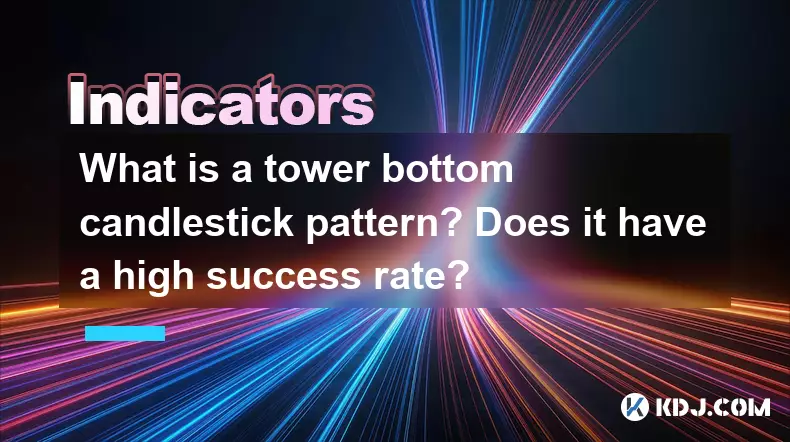
What is a tower bottom candlestick pattern? Does it have a high success rate?
Sep 22,2025 at 07:18am
Tower Bottom Candlestick Pattern Explained1. The tower bottom candlestick pattern is a reversal formation that typically appears at the end of a downt...
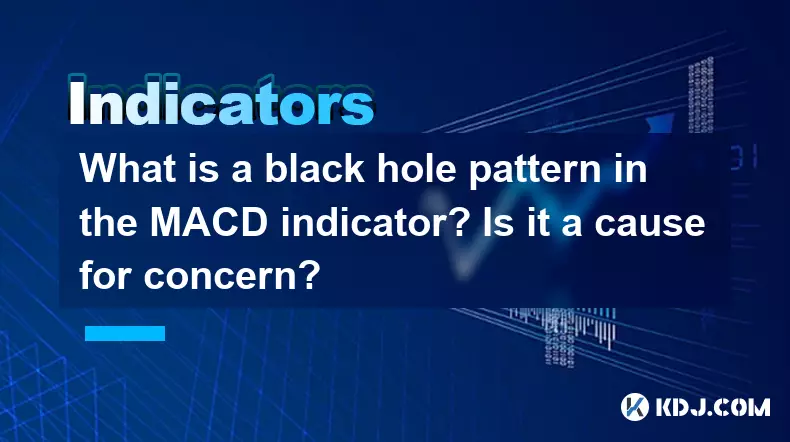
What is a black hole pattern in the MACD indicator? Is it a cause for concern?
Sep 21,2025 at 06:54pm
Bitcoin's Role in Decentralized Finance1. Bitcoin remains the cornerstone of decentralized finance, serving as a benchmark for value and security acro...

How can I use the psychological line (PSY) to determine market sentiment?
Sep 17,2025 at 02:19pm
Understanding the Psychological Line (PSY) in Cryptocurrency TradingThe Psychological Line, commonly referred to as PSY, is a momentum oscillator used...
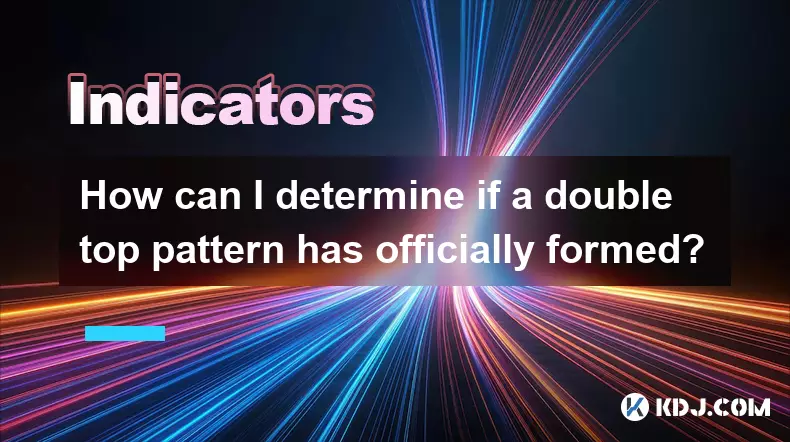
How can I determine if a double top pattern has officially formed?
Sep 21,2025 at 03:18am
Understanding the Structure of a Double Top Pattern1. A double top pattern consists of two distinct peaks that reach approximately the same price leve...
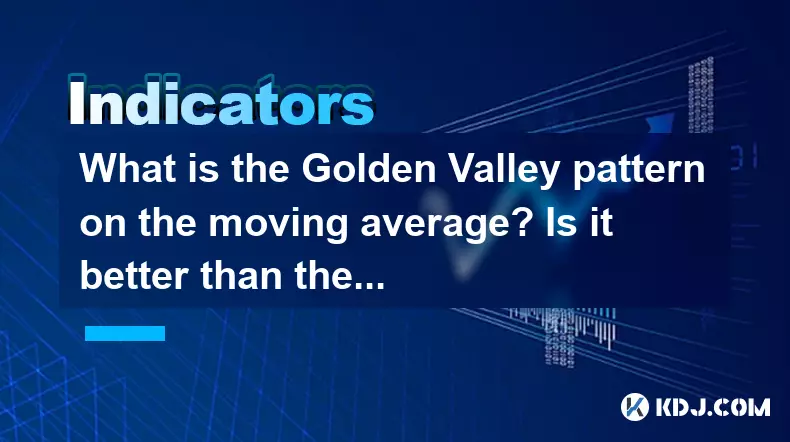
What is the Golden Valley pattern on the moving average? Is it better than the Silver Valley pattern?
Sep 21,2025 at 02:54pm
Understanding the Golden Valley Pattern in Moving Averages1. The Golden Valley pattern is a technical formation observed in cryptocurrency price chart...

What does a death cross of the RSI in the strong zone (above 50) mean?
Sep 17,2025 at 10:54pm
Understanding the Death Cross in RSI Context1. The term 'death cross' is traditionally associated with moving averages, where a short-term average cro...

What is a tower bottom candlestick pattern? Does it have a high success rate?
Sep 22,2025 at 07:18am
Tower Bottom Candlestick Pattern Explained1. The tower bottom candlestick pattern is a reversal formation that typically appears at the end of a downt...

What is a black hole pattern in the MACD indicator? Is it a cause for concern?
Sep 21,2025 at 06:54pm
Bitcoin's Role in Decentralized Finance1. Bitcoin remains the cornerstone of decentralized finance, serving as a benchmark for value and security acro...

How can I use the psychological line (PSY) to determine market sentiment?
Sep 17,2025 at 02:19pm
Understanding the Psychological Line (PSY) in Cryptocurrency TradingThe Psychological Line, commonly referred to as PSY, is a momentum oscillator used...

How can I determine if a double top pattern has officially formed?
Sep 21,2025 at 03:18am
Understanding the Structure of a Double Top Pattern1. A double top pattern consists of two distinct peaks that reach approximately the same price leve...

What is the Golden Valley pattern on the moving average? Is it better than the Silver Valley pattern?
Sep 21,2025 at 02:54pm
Understanding the Golden Valley Pattern in Moving Averages1. The Golden Valley pattern is a technical formation observed in cryptocurrency price chart...

What does a death cross of the RSI in the strong zone (above 50) mean?
Sep 17,2025 at 10:54pm
Understanding the Death Cross in RSI Context1. The term 'death cross' is traditionally associated with moving averages, where a short-term average cro...
See all articles










































































